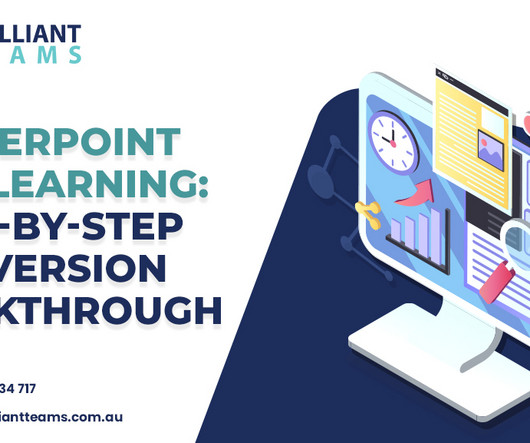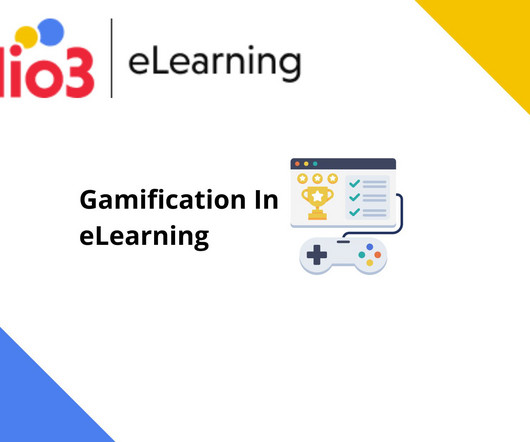Elearning & Online Accessibility Tools for Training & HR Leaders
The Learning Dispatch
MARCH 27, 2020
Our team has put together resources and content helpful to training and HR professionals faced with moving training online, such as The Training Manager’s Guide to Accessible Elearning and the Learning Dispatch newsletter. Elearning Resources. The Training Manager’s Guide to Accessible Elearning. 20 minute read.
















































Let's personalize your content